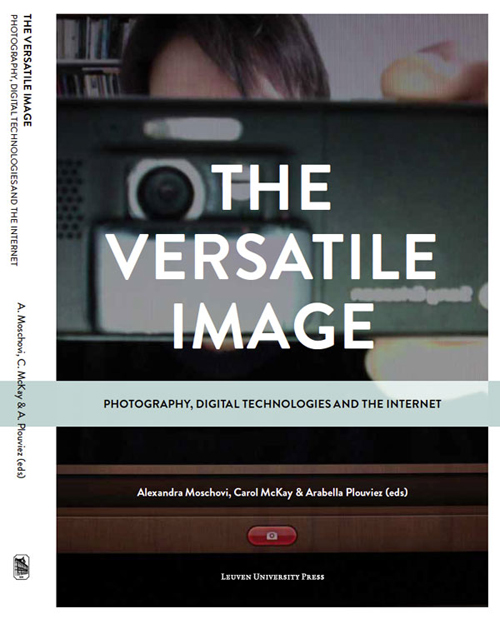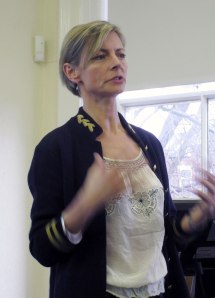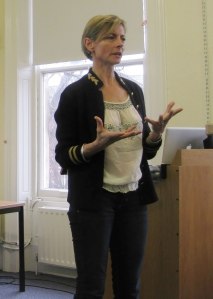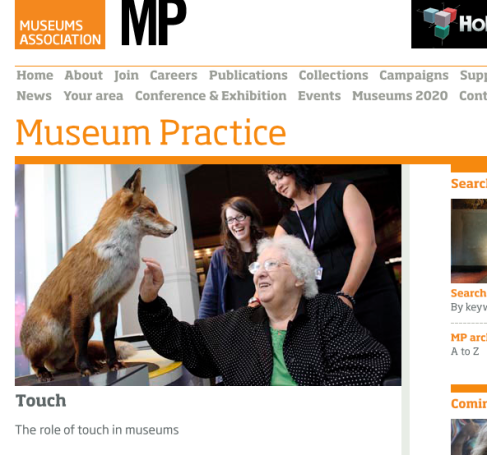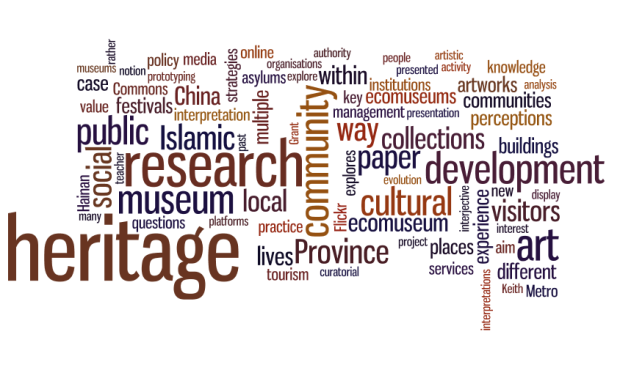 Last week nine of our current PhD students presented their research at the annual ICCHS PGR Conference. In this blog post conference co-organiser and participant Bethany Rex presents her personal report from the day:
Last week nine of our current PhD students presented their research at the annual ICCHS PGR Conference. In this blog post conference co-organiser and participant Bethany Rex presents her personal report from the day:
The ICCHS PGR conference look place last week, and despite the lack of coffee until late in the afternoon due to the disruption caused by a ‘suspicious substances’ alert at the University, it was a real success. It was great to get together as a department to discuss and share ideas on our research and, for me, one of the key things that came out of the conference was an appreciation for just how ‘alive’ the research emerging from the PhD community here is. We are all pursuing diverse projects, working away at answering our own research questions, but we are also collectively contributing to a discussion on the big questions relating to the role of museums and heritage in contemporary society. If there is one thing that PhD students are good at, it is asking questions!
We started the day with my own presentation, in which I spoke about the increasing involvement of community organisations in the local authority museums sector and the role of the policy environment in influencing this.
In Session 2, Niki Black presented her work on the impact of differing interpretations of heritage on small-scale cultural festivals. Next, Bronwen Colquhoun shared the key findings of her research project that investigates how the image-sharing website, Flickr The Commons, functions as a community of interest, and the extent to which the application generates knowledge and meaning around historic photographic collections. Finally, Carolyn Gibbeson explored the varied and different interpretations of the mental asylum from the viewpoint of those who built them, former patients, urban explorers, property developers and the heritage sector.
After lunch, and kicking off Session 3, Rebecca Farley explored the significance of Keith Grant’s Gateshead Metro mosaics and the response of Metro passengers’ to their everyday encounters with the artwork. Next, Gabriella Arrigoni, a practice based researcher from Culture Lab, talked about the concept of the prototype as aesthetic paradigm of current artistic production, and the related notion of the lab as a site for testing. Following this, Muhammad Ilmam bin Tharazi, presented his overall research on the representation of Islamic art since 9/11 and the recent transformations of the Islamic galleries at major national institutions such as the V&A.
In the final session of the day, the focus turned to China. To begin, Katharina Massing presented some of the key results of her PhD project, which critically examines the current ecomuseum development in Hainan Province, China. To close, Yong Zhao presented the results of her quantitative and qualitative data analysis of visitors to the Historic City of Xi’an, China, to argue for the importance of good interpretative strategies to enhance visitor satisfaction.
After a full day of excellent presentations and discussion, we headed to the pub for a much needed drink.
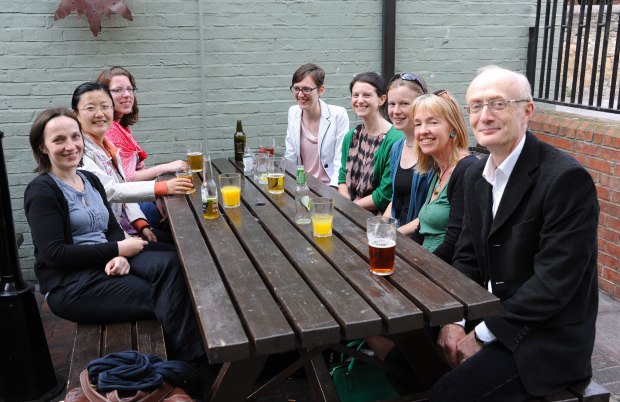
Well-earned post-conference celebration.
Thank you to all of the presenters for talking the time to prepare their papers and to the staff in the department for supporting the conference – especially Aron and Areti for capturing our best concentration faces (available on ICCHS Facebook page!) and Susannah (and PGR alumni Tori Park) for sharing their experiences of post-PhD life and opportunities!
You can download the full conference programme including all the presentation abstracts here.


